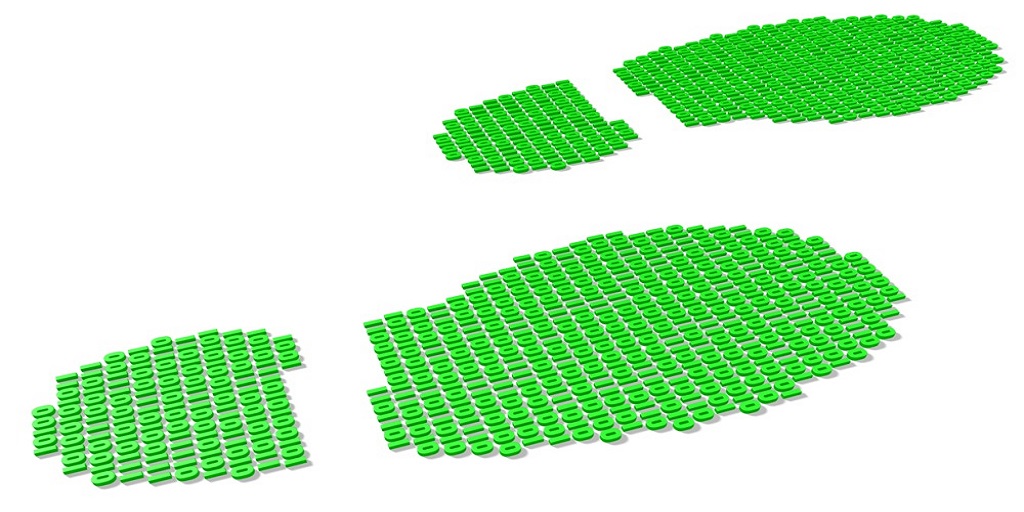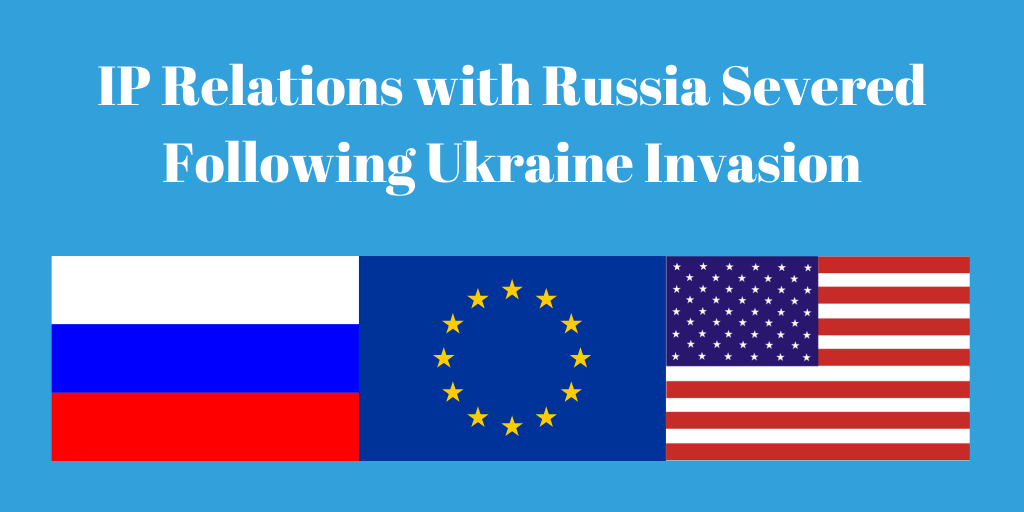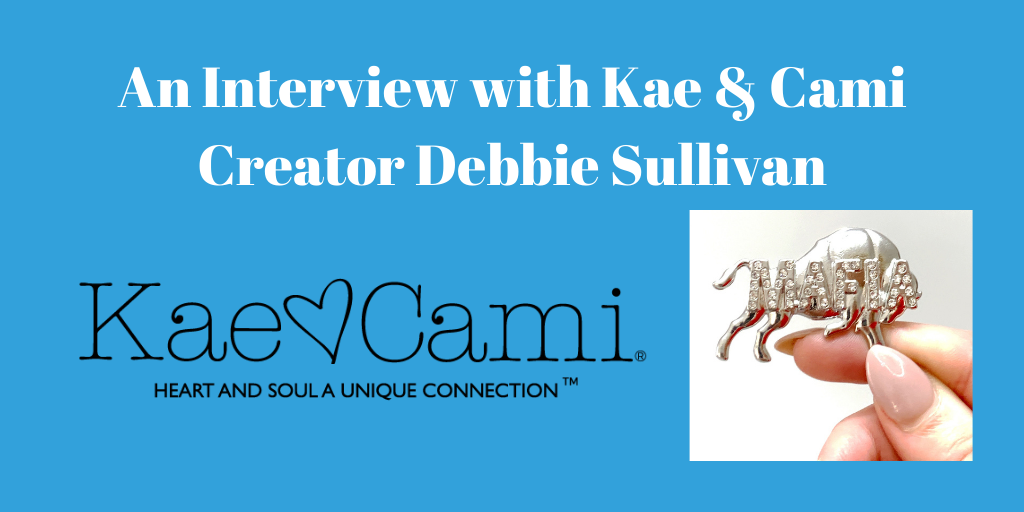Cool Patents that Nike Owns
Nike is undoubtedly one of the biggest and most famous producers of sneakers and footwear. The shoe giant has been a pioneer in making some of the most technologically advance shoes in the world. Remember the famous self tying shoe that was featured in Back To The Future? Nike has a patent on those bad boys. More specifically, Nike owns U.S. Patent No. 8,769,844 (“844 patent”), which covers an invention for self tying shoes. But Nike has more than just one patent. In fact, there are thousands of patents assigned to Nike. In today’s blog post, we will be looking at some of those patents.
Another patent related to footwear
Nike owns Patent no. 10,212,988 that is titled Articles of footwear and sole structures for articles of footwear.
The invention is for sole structures and “articles of footwear include heel-supporting areas and/or forefoot-supporting areas that include a central area (e.g., a central recessed area) and a plurality of surrounding rings. Additionally or alternatively, the sole structures (e.g., midsoles and/or outsoles) may include bands of material defined by recessed grooves to provide a bumpstop type impact-force attenuating structure.”
But Nike has other patents that do not necessarily relate to shoes.
Other types of patents
Nike also owns Patent no. 10,206,437, which is titled Protective pad using a damping component.
This invention relates to a “protective pad that is comprised of an impact shell and a damping component. The damping component may be formed by a plurality of connecting members that are separated from the impact shell by a plurality of extension members that extend between the damping lattice and the impact shell. The damping component may also be formed by a sheet-like form that is separated from the impact shell by a plurality of extension members that extend between the damping sheet and the impact shell. The damping component is formed from an elastomer that aids in absorbing a portion of an impact force that is distributed across the damping component by the impact shell. The dampening component may be affixed to the impact shell by way of a coupling frame that is incorporated into the impact shell.”
One more patent
Nike also has ownership rights to Patent no. 10,206,589 and that is titled Athletic performance monitoring system utilizing heart rate information.

So why are patents needed?
Nike is a big company. Nike invests a large amount of money in developing and producing high quality products. Nike needs to recoup all the investments spent in developing and producing high quality products. It would be much easier to recoup their losses and investments if their competitors cannot copy or appropriate their products. That’s where a patent would come in handy. Patent protection generally allows Nike to stop another from making, using, selling, offering for sale, and importing one of their patented inventions into the United States. Being the exclusive producer of a product would then allow Nike to capitalize on sales.
What happens when a party makes or uses a patented invention without consent?
Making, using, selling a patented invention amounts to infringement. For example, if the unauthorized party makes an identical replica of Nike’s self tying shoes, then it would most likely constitute direct patent infringement. However, if the unauthorized party makes a similar product to the self tying shoe that technically doesn’t have all the components of the patented invention but has equivalents, then there may be infringement under the doctrine of equivalents.
What are your thoughts on Nike’s patents? Leave a comment below to let us know what you think!
Interested in more intellectual property? Here’s a video!
Sign up today!
Does this article interest you? Subscribe to the LoTempio Law email newsletter to receive posts and updates just like this conveniently in your email box!
If you’ve enjoyed this blog post, we have lots more where this came from, including an Inventors Guide Video Series where we help you turn your good idea into a profitable invention, and tons of other great content. Simply enter your email address and hit sign up and you’ll get everything, including blog posts like these, conveniently in your email box!
Have any questions? Give us a call at 1-800-866-0039. Consultations are FREE.
Disclaimer: This article is not legal advice. It is only for educational or entertainment purposes only. Please do not use the article or contents of the article without permission. For legal advice and questions, please contact registered Patent Attorney Vincent LoTempio.





